Myanmar Companies and Second Generation
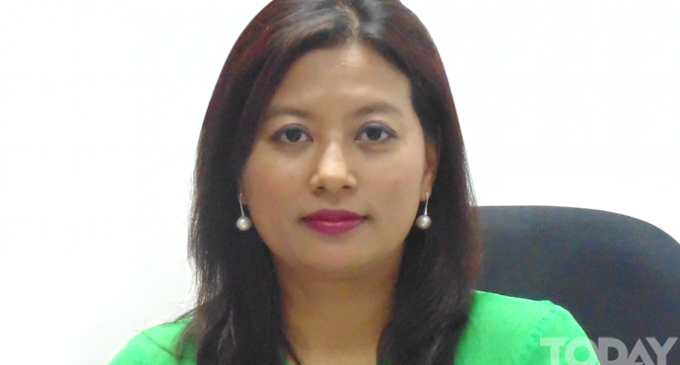
Throughout the world, there is the ongoing existence of family-owned companies which have endured and flourished for years and years. Also in those well-known companies which have gone public, family members still hold the reins or the same families influence the decision-making of the companies to a certain limit. In the world famous Ford automobile company, William Clay Ford, the grandson of company founder Henry Ford, assumed the duties of CEO and Chairperson and is currently acting as Executive Chairman. In Asia, among the most successful second generation entrepreneurs who inherited their fathers’ businesses is Lee Kun-hee, Chairman of Samsung Group. According to Businessweek magazine, the income generated by Samsung Group amounts to 17% of South Korea’s GDP.
In Myanmar, the majority of businesses are family-owned. The second generation individuals of some of these family-owned businesses who have taken charge of their respective companies have been approached and inter-viewed by us and their views on how to maintain and develop their business, how they retain the good legacy handed down by the founder, and how they handle the changes and challenges, are featured in this story.
Daw Chaw Khin Khin
Group CEO, Myanma Computer Company
My father U Tin Win Aung is the Founder of MCC. In 1986, Myanmar’s first Computer Training School was opened at the ground floor of our Hledan house. In 1989 when Myanmar changed over to the market-oriented system, Father applied for company registration and afterwards founded Myanmar’s first Computer Company. He himself wrote the relevant Memorandum of Association. It covered a lot of aspects. But Telecom Services was not included. So when we wished to apply for Telecom License, we had to update the Memo-randum which was done 26 years before. For me, everything happened before my eyes. I took computer courses as a Customer and I grew up with the Company.
Even when I was studying abroad, when I returned to Myanmar during the holidays, I had to be present at the company office. My father’s philosophy is simple and clear. If there was no special need to go out, I had to go to work. Even during my pregnancy, I went to work replete with relevant paraphernalia. Up to that time, it was quite alright. But once I really entered the field, I had to face a lot of challenges. It took me five years starting from 2000, the year my little daughter was born, to put up a struggle. I became a CEO only in 2006. I also completed an MBA Scholarship course in Tokyo in Corporate Rest-ructuring. Up to this day I still have to struggle. And I have come across a lot of issues.

The time I came back from Tokyo coincided with the opening of Yatanarpon Cyber City. The fact that I was back, that authorities wanted to make the Cyber City work, and that we had our Countrywide Network, we laid it all on the table and thought of deployment tactics. That was where we had Creative Conflict. My father had high Visions, I knew my constraints and I couldn’t set such high visions and so we argued all the time. So when did our work achieve success? When my father’s vision and my capability had a common ground of Compro-mise. Once that Compromise was reached, Movement was fast. But there always has been Creative Conflict.
Another thing, for example is, in 2009, MCC Training Institute was established. My father said he wanted relevant ISO certification by June 2010 . I told him I would make sure to get it by that time but there was one thing I wanted and that was for him not to enter the meeting room. You see, my father always defends his employees so I didn’t want him to interfere in the process. He granted me the challenge and I finished the Procedures and Manual for ISO within three weeks.
I know what is required and what should be done. I just don’t want any conflict while the procedures are being carried out. The problem here is both the First Generation and Second Generation are there to make the decision. In this case, if the First Generation ( father) draws a step back with understanding, some issues can be settled by the Second Generation (daughter) because there is only one Decision Maker. But regarding Procedure Finalization, it has to be done together with the First Generation (father). Then we get the Frame. To be able to do that, it took me several years, say over ten years. Presently, we are running our MCC with the ISO Standard my father and I have agreed upon.
Concerning employee management, my father is a teacher. Therefore he treats the employees like a teacher. He informs them, he explains to them. His patience threshold is very high. I also teach but I am a businesswoman. I inform them and I explain to them but only up to a certain extent. If they cannot perform, it’s because of incapability.
Last year our Strategy reached its fifth year so the Structure has become stable and there is Complacence. We have the same team but we also have some youth as New Addition. There is traditional staff remaining too. The number of employees keeps growing. When we discuss, there is no rank discrimination. But I am a System person and where Procedure is concerned, I don’t like it if Protocol is not respected.
In this period when the country has opened up its economy, most of the businesses are being run by Second Generation. Most of them have returned after studying abroad and they have a wider outlook. The market is globalized too and when they look at the clients, they find other Second Generation. There is mutual under-standing.That is why I use the metaphor Lokanat ( Peacemaking Deity) for Second Generation. The reason is because the Visions of First Gene-ration were rather globalized. We, the Second Generation , go after Competencies and choose whatever is Strong for us. First Generation never had a chance like us. That is why we want to get hold of this opportunity of the country’s opening up. First Generation had set their Visions high. The employees with whom we are working now are going round in circles in Myanmarnization. That was where First Gene-ration established links with Global Partner and Regional Partner. I wish to approach globaliza-tion together with First Generation but it’s not possible yet so I have to look up and hold it in check. Likewise, I have to look down and make Moves for Capacity Building. Currently, the momentum of Myanmar is Global and the Competitors are no longer Local. Therefore, in working with those mega companies, we have to run to catch up with them, whilst dragging the employees in tow. That is why I use Lokanat as the metaphor for Second Generation.
What the Second Generation has to do in the first stage is fulfil the Succession Plan, walk along the Vision Path laid down by the parents and try to improve the company. The second stage is working together with First Generation as Comrades through thick and thin. The next stage is Slowly Taking Over the business. Finally you have to wait for the moment your parents will say Ready to Go. First Generation can guide the Second Generation. Second Generation can take impetus from First Gene-ration thus adding advantage to the business. What I would like to advise is not to join the family business straightaway. The reason I can survive is because I worked for two years abroad and I underwent experience as an employee (as KFC manager and as ISO 9001 related Quality Planning Officer in Singapore). One needs to take time to become a Professional. And not only companies but a Family also is bound to experience Team Dynamics such as Team Forming, Norming, etc.
Translated by Mra Hninzi
./wp-content/uploads/2018/10/Emirate-Online-TDY.png)


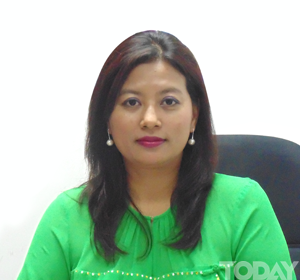

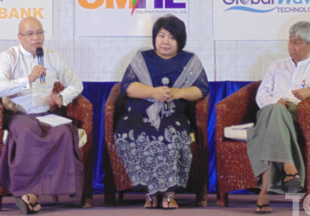
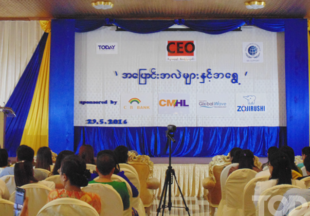
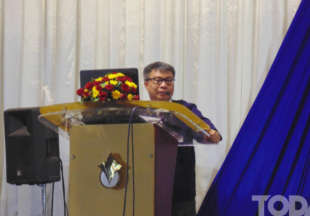
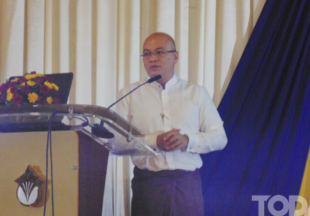
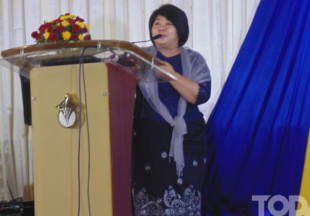
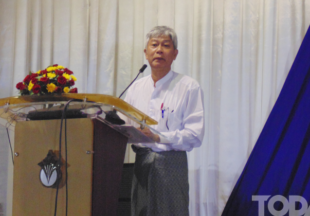
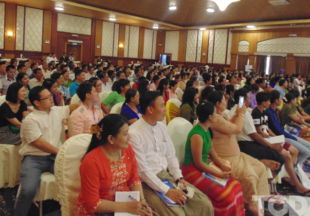
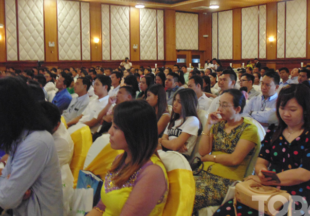
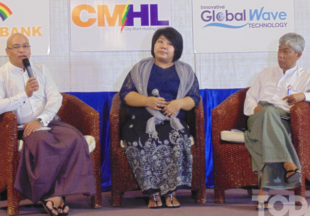
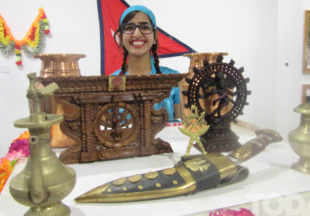
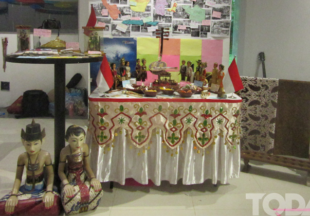
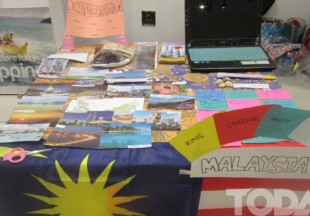
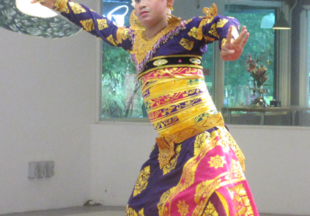
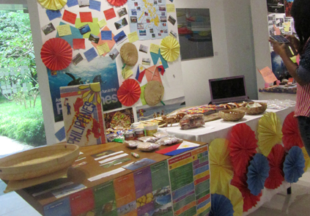
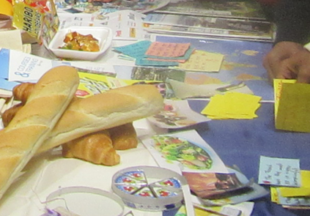

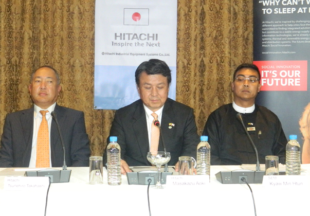
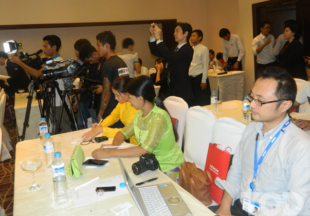
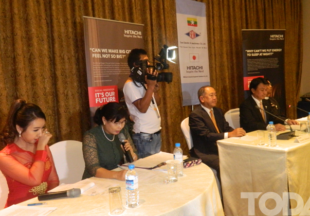





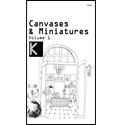
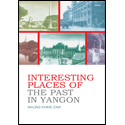


There are no comments at the moment, do you want to add one?
Write a comment